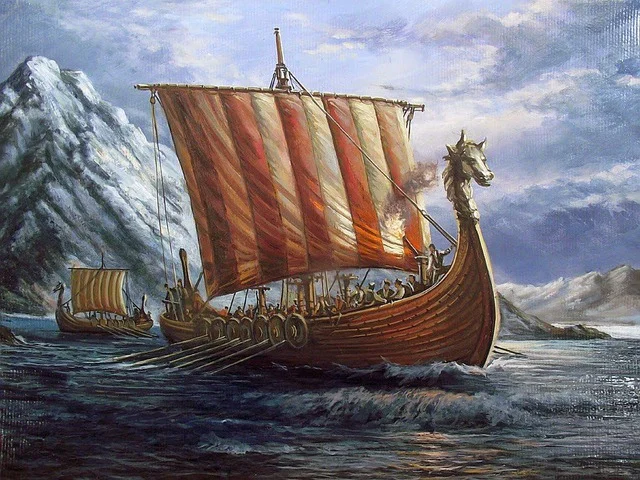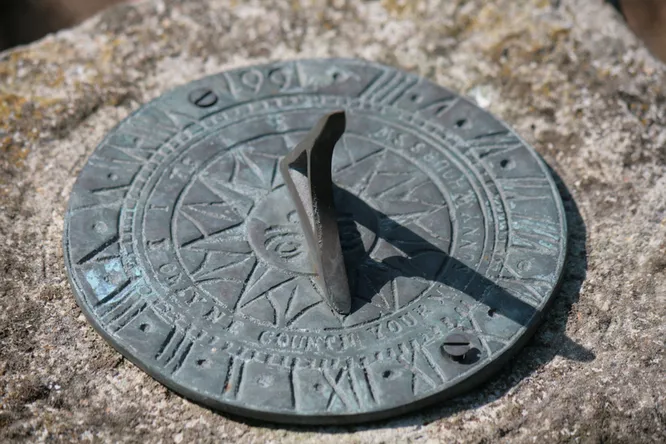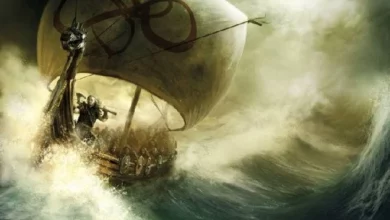How did Vikings navigate at sea and return without a compass?

We often asked ourselves: how did the Vikings travel? Did they have aids of navigation and ships that would be suitable for long voyages, or how did they navigate the sea without a compass? However, the Vikings perfectly navigated the sea without the usual magnetic compass.
In coastal waters, Vikings were assisted by river estuaries, conspicuous islands, and mountains. At night they made a halt so as not to lose sight of the nearest shore. In clear weather, the Vikings determined the cardinal points by the sun or stars on the high seas. They also used navigation devices – the sun disc and the sunstone.
The sun disk was a wooden surface with 32 notches – like a modern compass. The axis in the center of the circle cast a shadow, pointing to the cardinal points. In the spring and summer, the disk worked with an error of four degrees, but it was much higher during the rest of the year.

The sunstone caught the polarized light. Danish archaeologist Thorkild Ramscoe suggested that the Vikings took Icelandic spar. By rotating the crystal, you can determine the sources of polarized light in the sky, and the perpendicular to the line connecting these areas will point to the sun. A pair of spar crystals were enough to chart a course even on cloudy days.
The Vikings swam in northern latitudes, where the sun does not set over the horizon at the beginning of summer, so such stones were on board every ship, military or cargo.
The Vikings fought, traded, and traveled to distant lands – Iceland, Greenland, and even North America on Drakkar – longships reinforced on the sides with shields. The carved head of a dragon was attached to the bow of the Drakkar. If the ship approached friendly lands, the bow figure was removed to not anger the local spirits.
The Knorrs, strong and large, were wider and slower than the Drakkars. They transported goods over long distances. Decks were built at the ends of the knorr, and the rest of the place was allocated for cargo.

Carvi were much smaller than the first two types of ships and therefore were used for rapid movement and reconnaissance off the coast. Sometimes people, goods, and livestock were transported on them.




